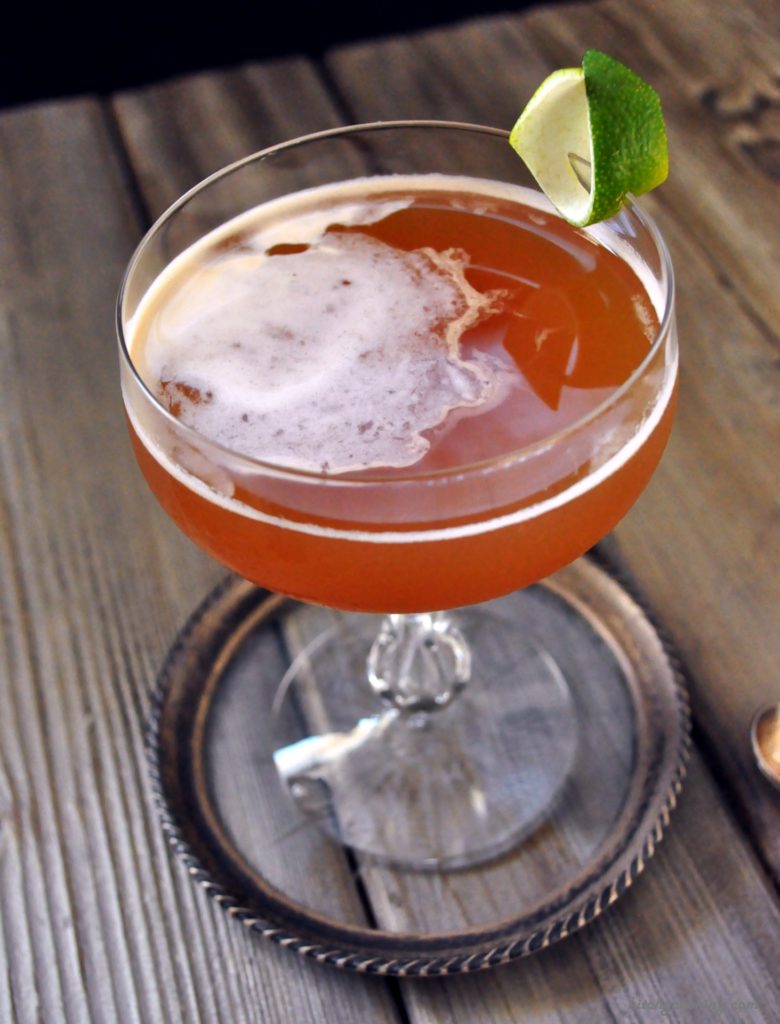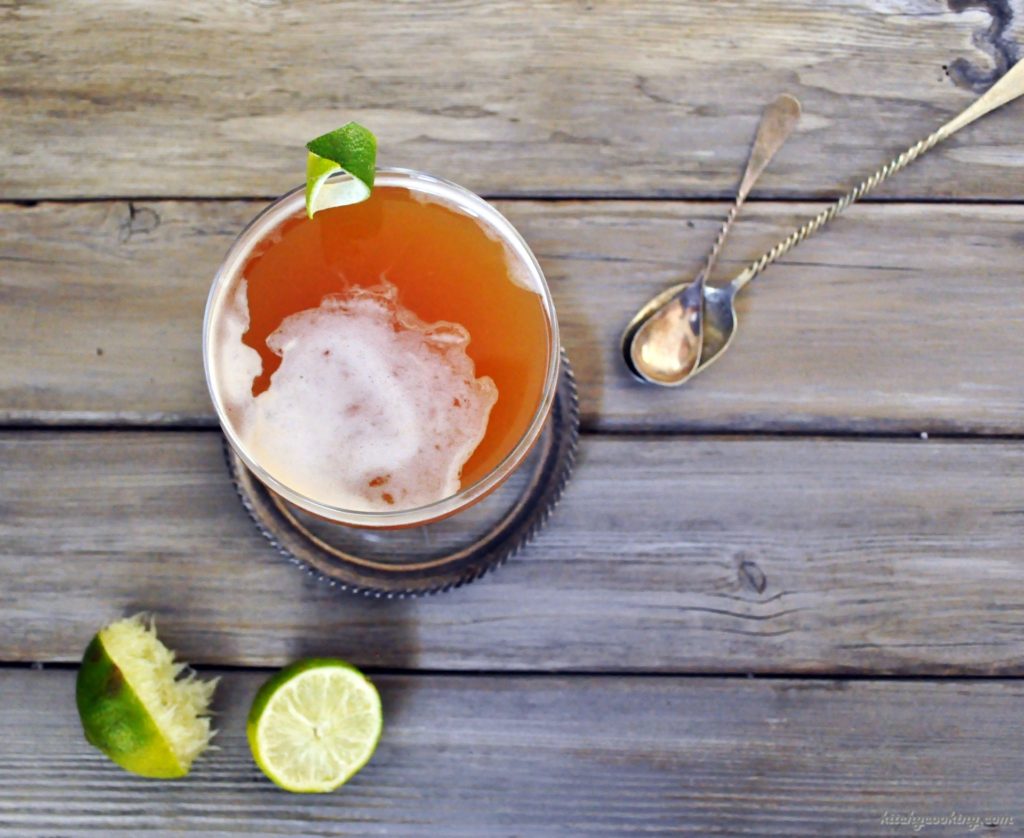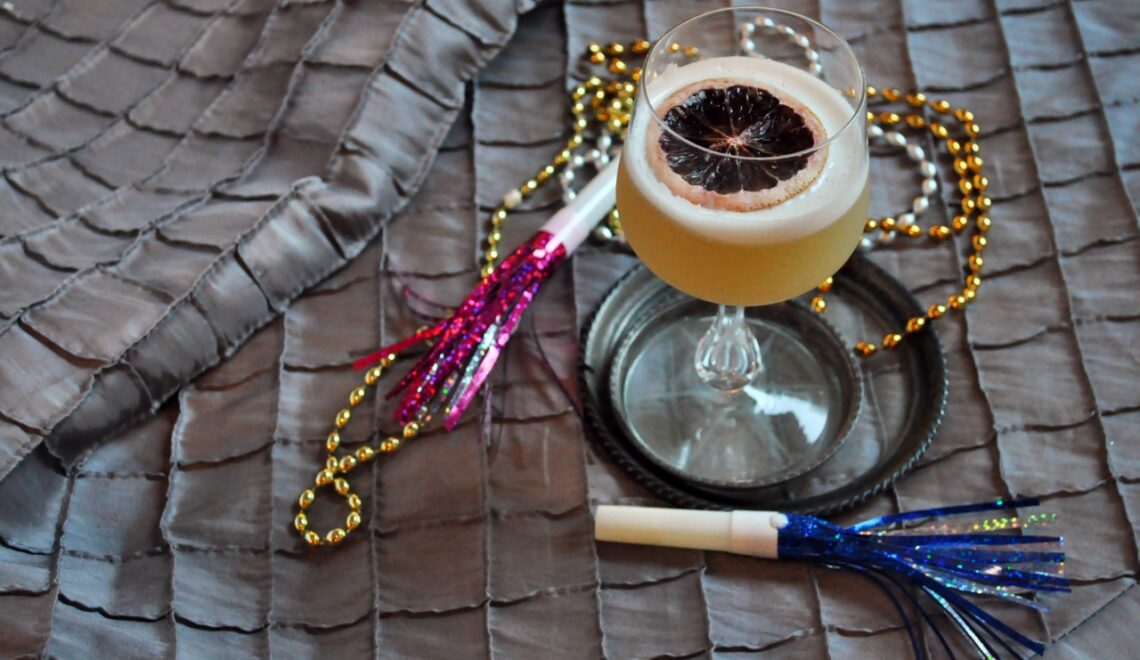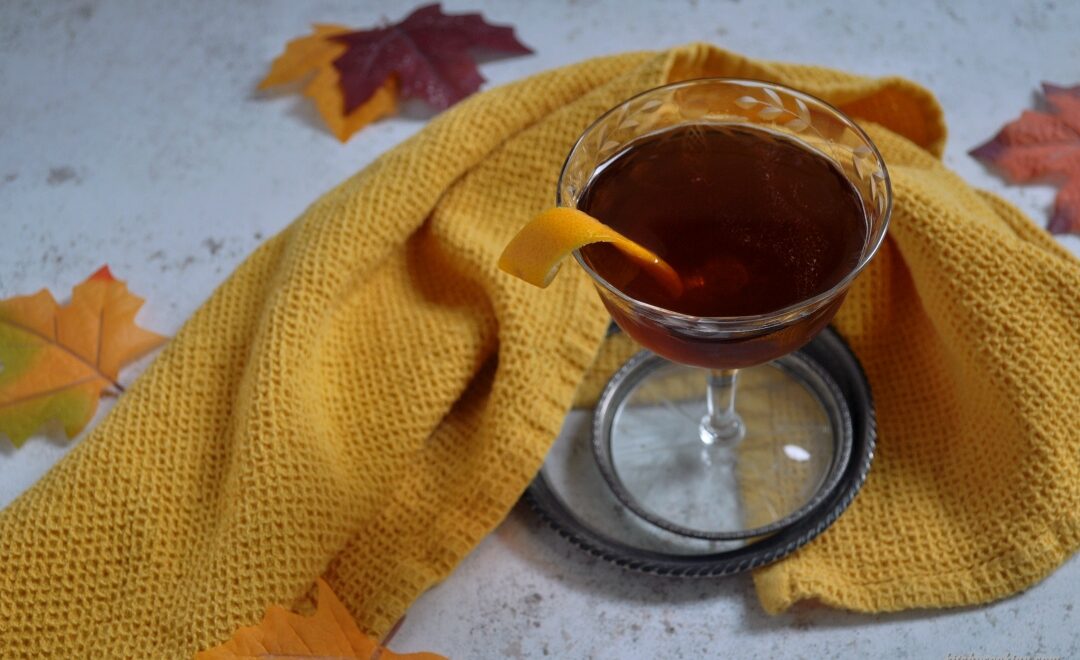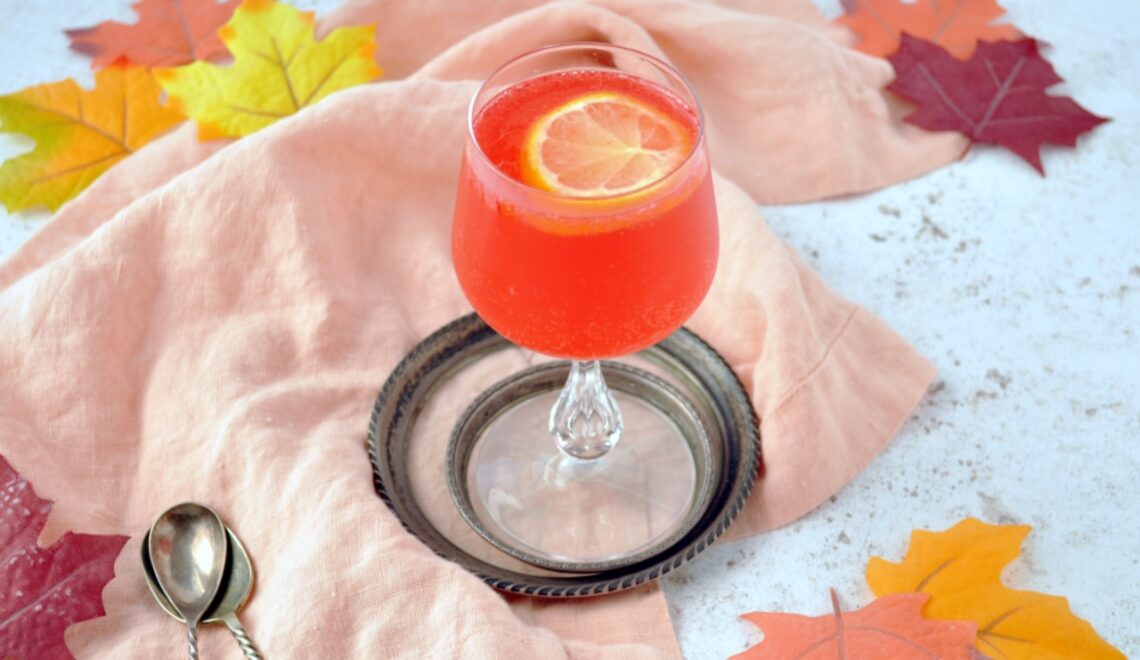Lion’s Tail
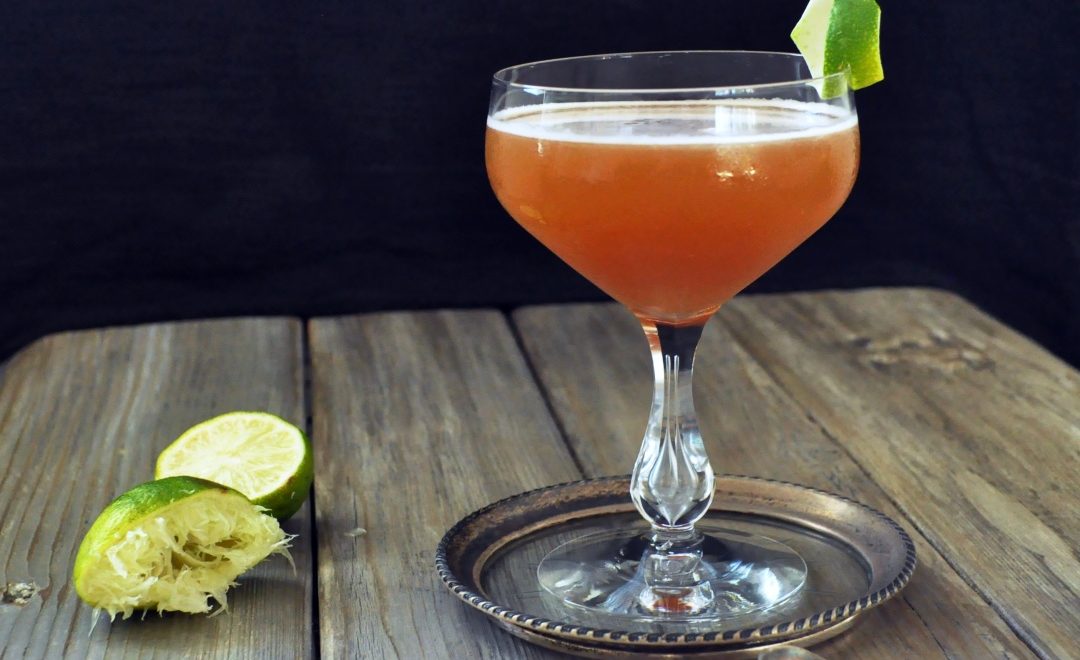
After last week’s St. Patrick’s Day Irish whiskey cocktail, I wanted to keep with the whiskey theme. So, we’re going with bourbon and the Lion’s Tail today.
Now before you get all over me, bourbon is a whiskey, it’s just made a little differently. See, all whiskies, Irish, American, Scottish, etc. are made with some type of grain. But according to the American Bourbon Association, a whiskey can only be classified as bourbon, if the mixture of grains is at least 51 percent corn. It’s for that reason that the bourbon cocktails tend to be a little sweeter because corn is a sweeter grain.
But bourbon isn’t the only reason this drink is on the sweeter side. It’s also because of the Allspice Dram. Allspice Dram is a special little liqueur that became very popular across Europe and the U.S. at the turn of the century. Also known as Pimento Dram, this liqueur comes from the allspice berry which can be found on Pimento trees (hence the nickname). While this liqueur was used frequently in cocktails like the Lion’s Tail, it really gained popularity during Prohibition because it added a much needed sweetness to those rough speakeasy drinks.
While the liqueur was used in some whiskey cocktails, it really found its place during the tiki boom of the 40’s, 50’s and 60’s thanks to Don the Beachcomber and Trader Vic. These two men appreciated the sweet spiciness the liqueur held and found it elevated a lot of their tiki cocktails. Unfortunately, production dwindled late in the 20th century, and if it weren’t for the recent cocktail renaissance, this little bottle could have been lost forever. But thanks to the newfound interest in classic cocktails, Allspice Dram is just as popular as it ever was.
It’s fitting that it’s such an important ingredient in tiki cocktails because the Lion’s Tail is skirting tikidom. This tipple has all the trappings of a tiki drink: simple syrup, lime juice and of course the Allspice. So, what’s missing? The rum. The rum in this cocktail has been replaced with bourbon, making for a warmer winter concoction.
While the original recipe shows up in London’s 1937 Café Royal Cocktail Book, many believe the cocktail was originally created during Prohibition in America. After all, Prohibition was the time of bath tub gin and horrible drinks that were imbibed simply because people were told they weren’t allowed to. So, why not add something to improve the flavor of said drinks. But that’s not the only reason it’s believed to be an American creation. The other reason is the name. According to cocktail historian Ted Haigh, the cocktail was probably created stateside because the term “twisting the lion’s tail” is a phrase that describes provoking the British, whose royal coat of arms features a lion.
How ever the cocktail came into existence, I’m so happy it did, and that it found its way back into the cocktail tome. This is a rich drink that’s great for the cooler spring months. So grab a coupe and shake one up, I know I’m going to.
Ingredients
- 2 ounces bourbon
- 1/2 ounce lime juice
- 1/2 ounce Allspice Dram
- 1 barspoon simple syrup
- 1-2 dashes Angostura bitters
Instructions
- Pour all ingredients into a cocktail glass. Add ice and shake vigorously until chilled.
- Strain into a coup, garnish with a twist of lime and serve.

